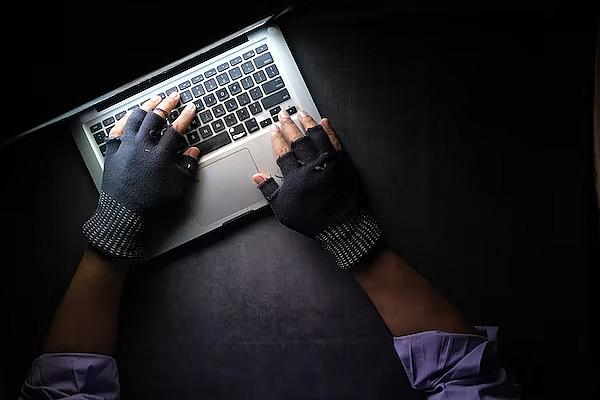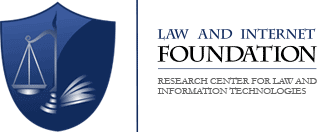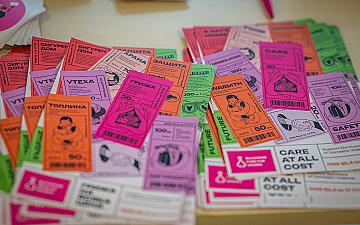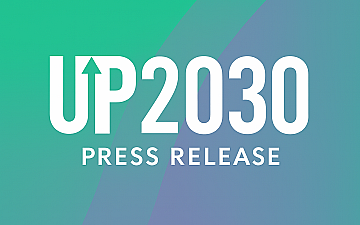Nowadays, where any information of any kind is available to everyone, identity theft is almost inevitable, and we have often witnessed it. That is why it is extremely important to know what it is, how to recognize it and how to protect ourselves. The current article examines the impact of social media on young people's views on data protection and the caution needed to safely "surf" the web.
What is identity theft? This is the unauthorized collection of personal information and its subsequent use for criminal purposes. Identity theft is a crime that involves illegally obtaining and using another person's personal or financial information for unauthorized transactions or purchases. These actions can mean severe consequences for the victim, who will be left with bills, fees and a damaged credit score. An identity thief steals information with the intention of you committing fraud for them for personal gain. This kind of enterprising action is common enough today, as it is carried out in many unique and different ways, mostly now through the emergence of technology and its increasingly frequent use in different fields for different activities. There are many methods by which someone's identity can be stolen, but especially young people are particularly vulnerable to this crime online, where intelligent criminals can access personal information through a number of pathways. Here are the most common of them:
- Retrieving stored data from discarded electronic equipment such as computers, mobile phones and USB memory;
- Theft of personal information using malware or spyware;
- Hacking computer systems and databases;
- Phishing or impersonating trusted organizations via email or SMS messages and prompting users to enter personal financial information;
- Compromise weak login passwords to gain access to a user's online account.
What to do when we face identity theft? The first and most important thing is to reset all passwords, cards and other information that would be possible to pass into the wrong hands. The second is the filing of a complaint with an official institution, state forces and security bodies. It is important to have evidence – save a screenshot of the fake profile, as well as the information that belongs to you and is abused.
How to protect ourselves?
- Create strong passwords and be careful with who you share them with.
- Add enhanced protection to your computer (automatic updating, legitimate antivirus software, etc.);
- Account protection and credit – regular verification of account activity;
- Do not put confidential information in email, social networks, or text messages.
Alexander Gospodinov (Head of Cyber Insurance at the Cybercrime Department at the General Directorate for Combatting Organized Crime (GDBOP) said for an interview with NOVA TV:
"Identity theft. This is not a precedent - every month the Cybercrime Department in the General Directorate for Combatting Organized Crime receives dozens of such signals. This is currently a common practice on the Internet. Many people steal photos and use them to post on sites so they can scam people for financial gain. They show that every young person who has been ordinary has the opportunity to become financially stable. "
This is a real-life example of a type of misinformation and misrepresentation
Be more careful with what you post on social media. You can inadvertently share more information than you want or in the worst scenario – present it to a larger audience than you expected.









